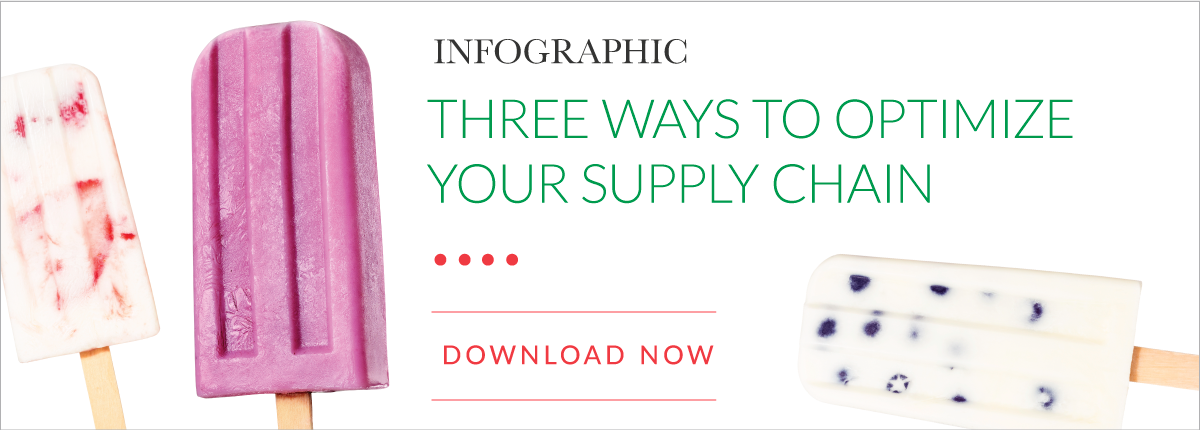 As the coronavirus pandemic took hold during the past few months, there’s been a stark shift in consumer food buying behaviors. Restaurants have been forced to alter their business models, offering only limited menu selections for take-out or drive-thru.
As the coronavirus pandemic took hold during the past few months, there’s been a stark shift in consumer food buying behaviors. Restaurants have been forced to alter their business models, offering only limited menu selections for take-out or drive-thru.
Grocers, on the other hand, are working in overdrive to keep shelves stocked as shoppers stock up on food and supplies while waiting out stay-at-home orders. The products that they’re placing in their sanitized shopping carts aren’t undergoing the same scrutiny they once did before COVID-19 upended everyone’s lives.
A survey by the Food Information Council revealed that 80% of consumers admit their eating habits and purchase decisions have changed during the pandemic. Let’s take a look at how.
More Snacking
27% say they’re snacking more. Not only are consumers snacking more, they’re eating more — and more often — than they typically do. Unlike recent food trends, consumers aren’t necessarily reaching for snacks with minimal ingredients or those with health claims.
Whether it’s a result of stress eating or pure boredom is up for debate, but sales of cookies, crackers, chips, baked goods, chocolate and other comfort foods have risen, according to a consumer goods analysis. Consumer purchases of beverages have also seen an uptick. For many, mindless snacking has replaced mindful eating.
More Packaged Foods
42% are buying more packaged foods. Despite steady sales growth of whole foods and fresh ingredients in the recent past, consumers now increasingly look for frozen and packaged foods to feed their families. Because shoppers are limiting their trips to the grocery store, they’re stocking up on products that can last several weeks rather than days.
Freezers are being filled with ready-to-eat (RTE) meals, protein, vegetables, breakfast meals and frozen novelty desserts. Even though consumers are indulging in more packaged foods, their perceptions about how healthy those products typically are hasn’t changed.
RELATED: Clean Label Frozen Pasta Entree Case Study
More Shelf-Stable Foods
40% say they’re buying more shelf-stable foods. Grocery stores are seeing high demand for products that have long shelf lives, yet shoppers are walking their aisles less frequently. Curb-side pickup and delivery services are booming.
About half of respondents said they’re preparing more home-cooked meals than they did a month earlier. Having their pantries stocked with shelf-stable food products is a must. Canned soups and sauces, boxed mixes and dried beans and pasta have seen significant growth.
More Safety Measures
43% want store employees to take protective measures. Wiping down frequently touched surfaces — credit card machines, registers, carts, door handles in refrigerated sections, etc. — ranked as the most important action that grocers can take to protect workers, shoppers and the food supply. Others expressed that they would like to see disinfecting wipes or hand sanitizer made available and to see workers wearing masks and gloves.
Some outlets have made it mandatory for employees to wear personal protective equipment (PPE) to help stave off infection and also put shoppers’ minds at ease. While consumers want to see store employees following safety protocols, many shoppers in some regions have yet to take on personal responsibility. Some smaller communities in particular still see a minority of shoppers wearing any form of PPE or practicing social distancing despite the Centers for Disease Control (CDC) recommendations and signage throughout stores.
More Confidence
82% are confident in food safety. That’s 14% higher than was reported in the 2019 Food & Health Survey. Even as heightened fears over contracting COVID-19 persist, consumers are confident in the food industry and its ability to ensure a safe and reliable supply chain. Food manufacturers, restaurants and grocery stores have adopted even stricter safety measures, allowing consumers to shop with confidence.
The survey by the Food Information Council demonstrates just how much consumer behaviors are changing. How long these new protocols will remain in place and whether consumer behaviors become normal habits remains to be seen. To stand out, food manufacturers need to adapt by providing products that can appeal to consumers’ desires for shelf-stable ingredients that are also wholesome and nutritious.
Food Manufacturers Explore More Options
When formulating soups and sauces, frozen entrees, novelty desserts and other products with a long shelf life, food manufacturers can turn to all-natural ingredients like Grande Bravo® whey protein concentrate to align with consumer preferences. Not only is it sustainable and reliably produced in the heart of the Midwest, it can replace perishable ingredients like milk, cream and eggs. It also maintains or improves flavor and texture while reducing costs.
In a time when many ingredients are experiencing price volatility, food manufacturers can rely on Grande Custom Ingredients Group to provide cost-efficient ingredient solutions as part of their reliable supply chain. Be sure to check out our guide below explaining how to simplify your supply chain and streamline vendor management. Then, get in touch with our food specialists today to discuss potential improvements to your formulation and meet evolving consumer demands.




